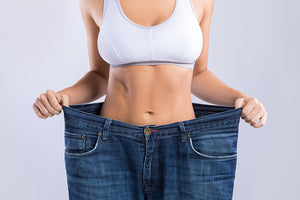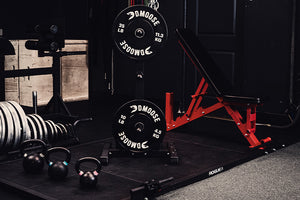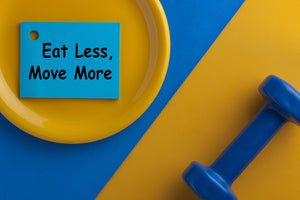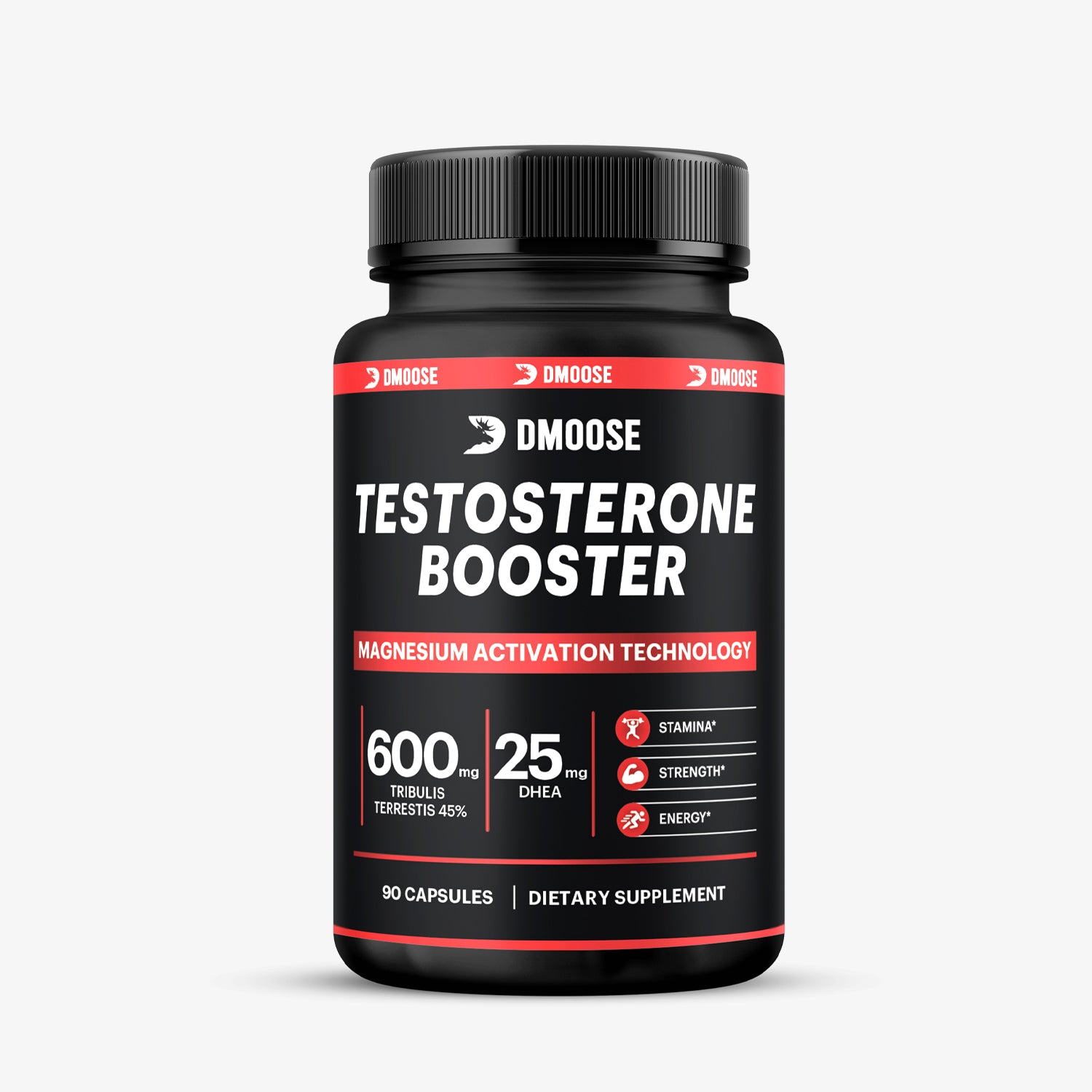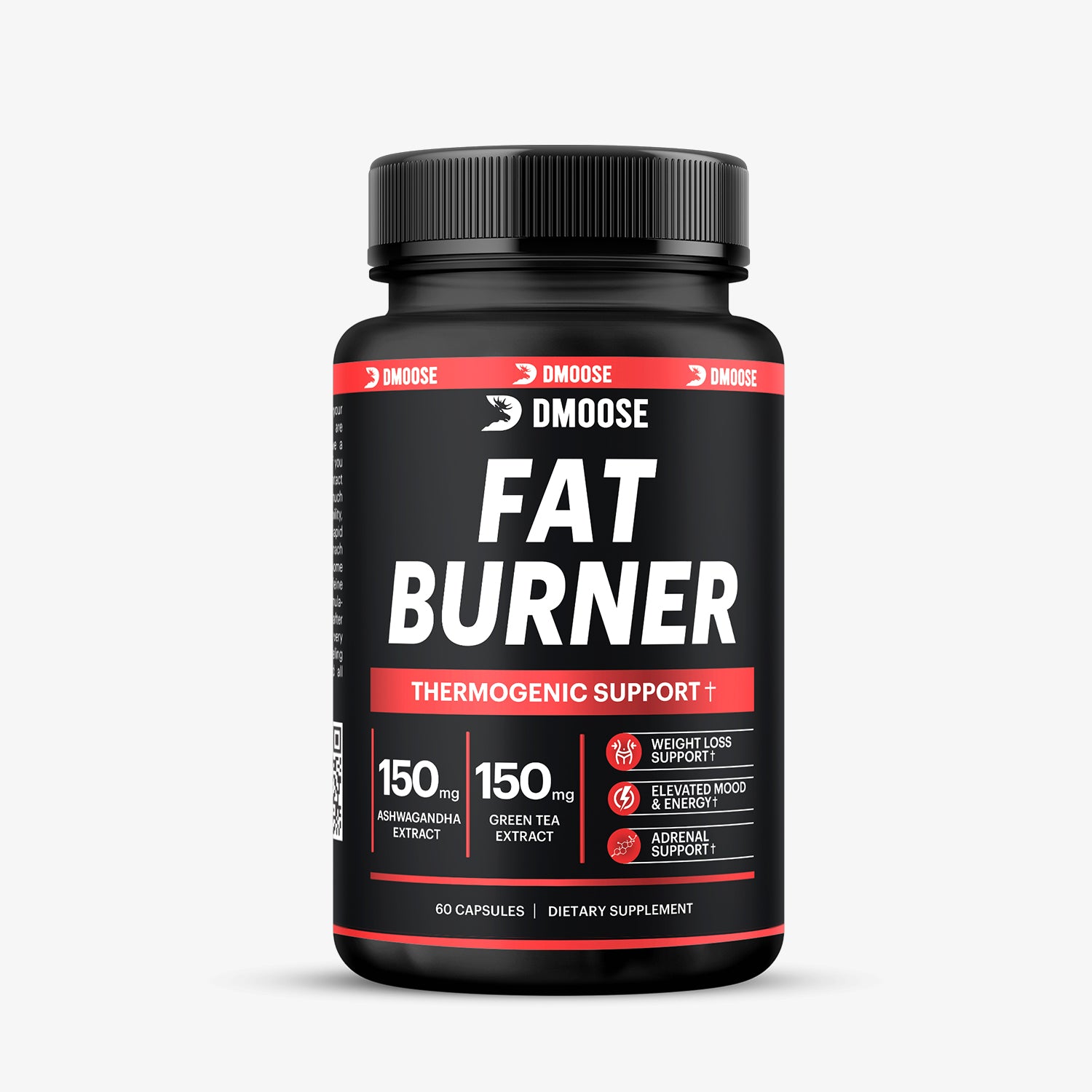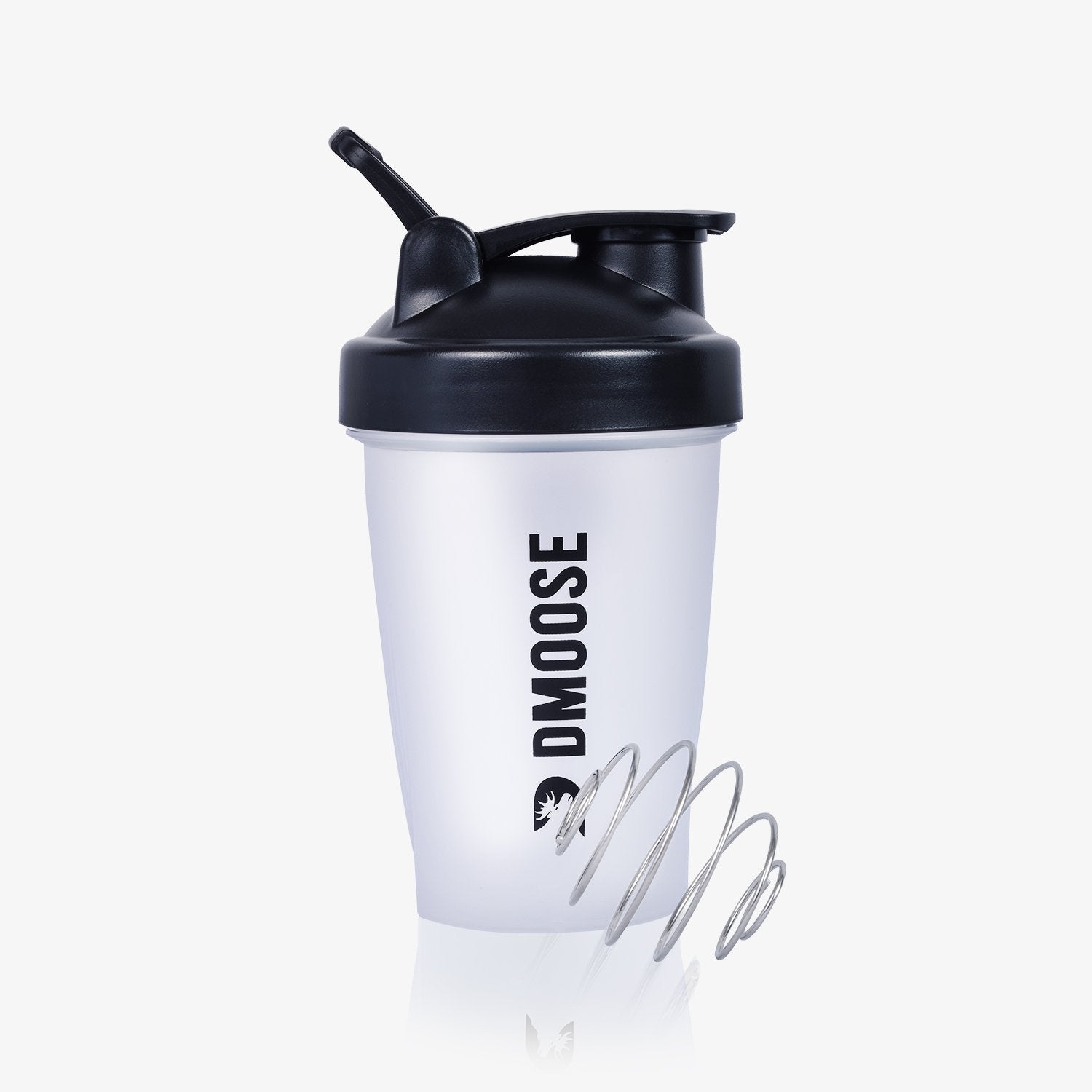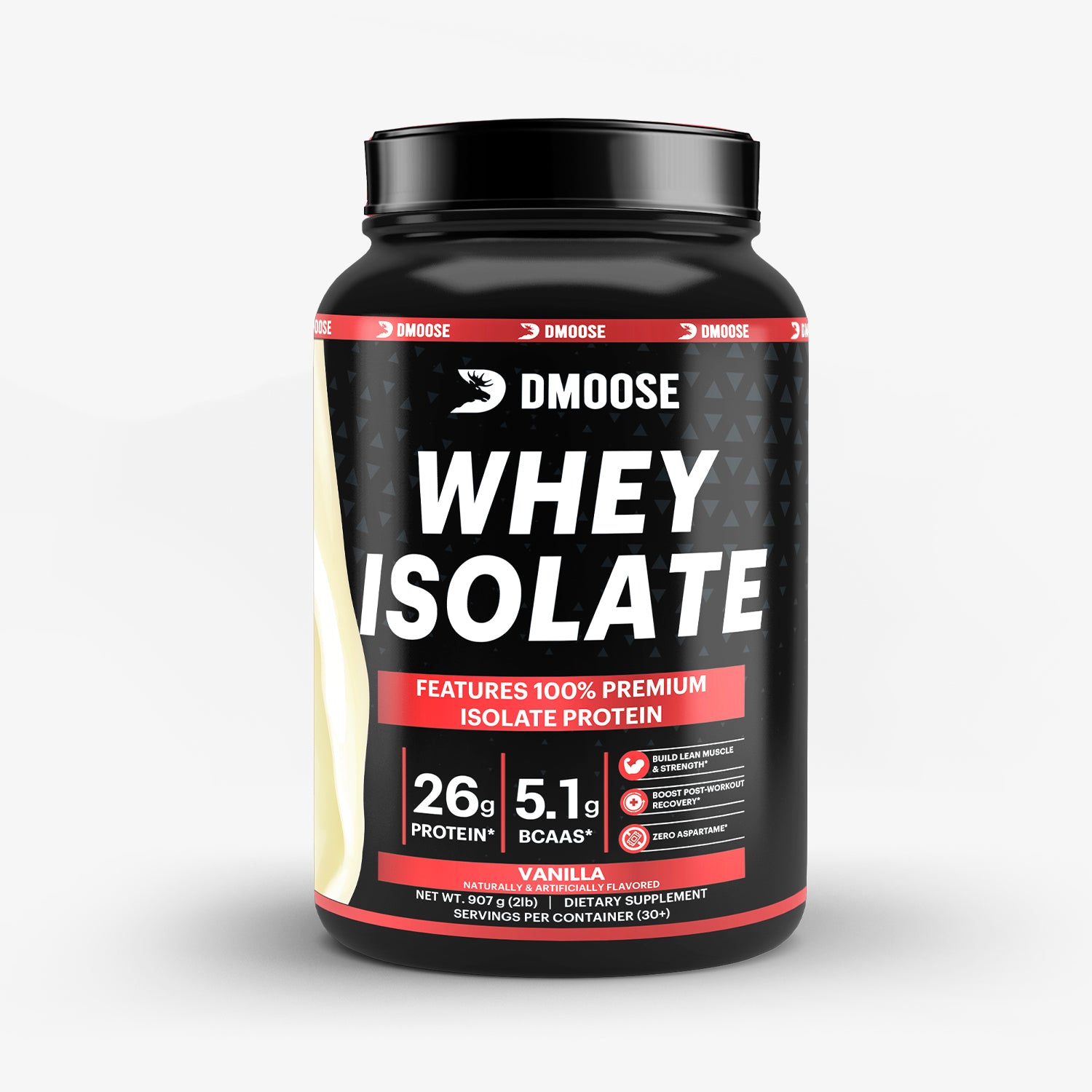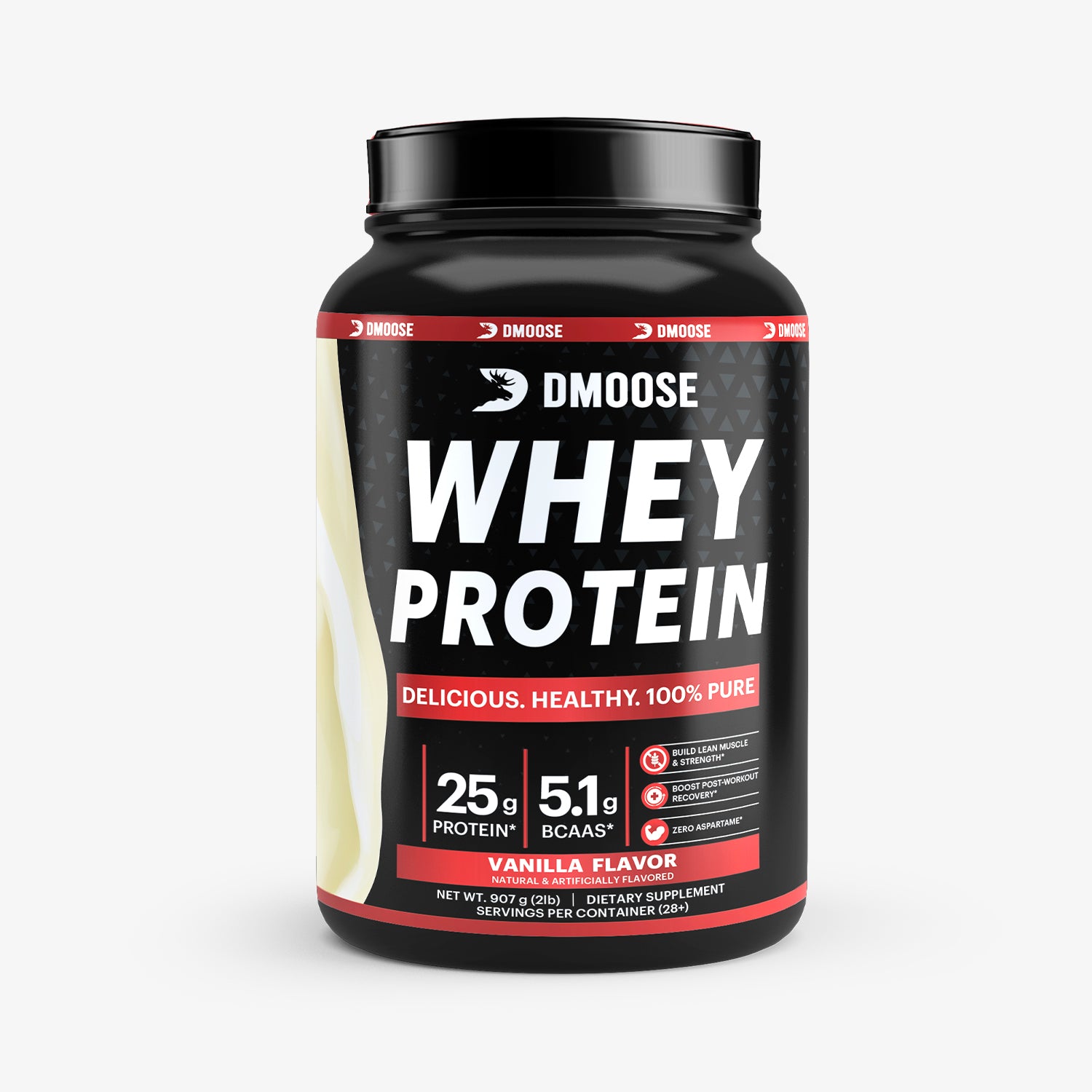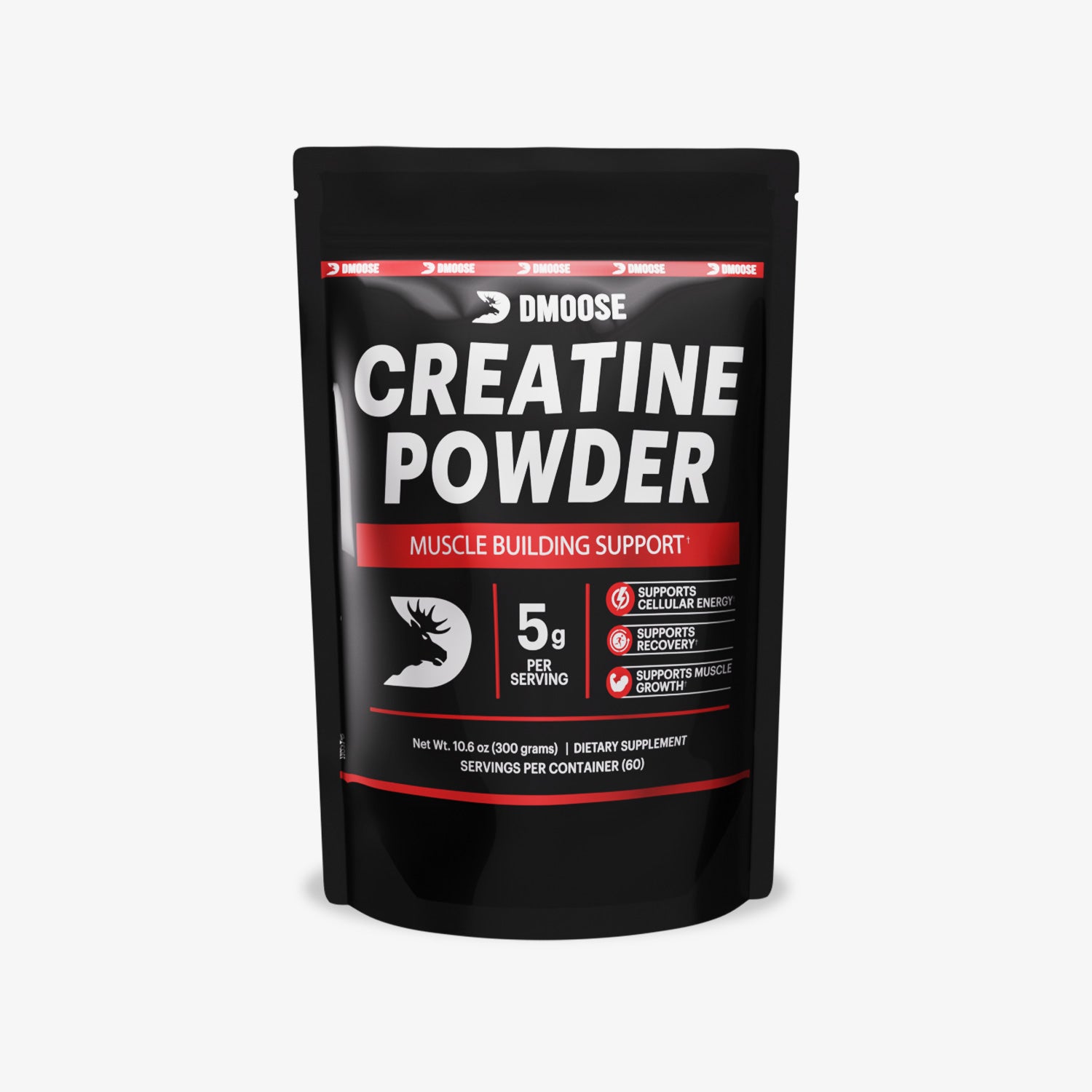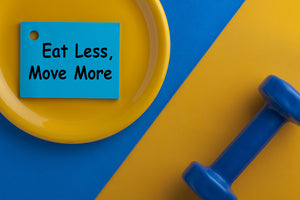If you ever went down the rabbit hole of weight loss or muscle building, you might have come across Body Mass Index (BMI) and Body Fat Percentage.
The body mass index (BMI) and body fat percentage are useful markers for determining a person's degree of fitness and estimating their likelihood of developing health issues like diabetes and heart disease.
While these two estimates are critical for health estimates, some of us still don’t understand the difference between them and often use them interchangeably.
So, in this article, we will look at these numbers, their differences, and which one you should look at more often.
What is Body Mass Index?
The BMI, or body mass index, measures your body mass in relation to your height. Depending on where it sits, this score can provide some insight into your general health status.
The National Heart, Lung, and Blood Institute defines "normal" weight as falling within the 18.5–24.9 range of the body mass index chart. Anything under that is classified as underweight. If your BMI is between 25 and 29.9, you're regarded as "overweight," and if it's 30 or higher, you're classified as obese.
The problem with body mass index is that it does not differentiate between fat and muscle. The term "normal weight obesity" describes the condition in which a person has a normal body mass index but a high body fat percentage.
Obesity that falls into the "normal weight" category is just as dangerous for one's health as obesity which results in a high body mass index.
How is BMI Calculated?
A mathematical method can estimate a person's body mass index.
This is the formula:
Body Mass Index = (weight in kilograms) divided by (height in square meters).
Body mass index can also be estimated using charts that match a person's height in inches to their weight in pounds.

Body mass index can be predicted using online tools like BMI calculators.
What is Fat Percentage
Simply said, your body fat percentage is the amount of fat that makes up your total body mass. So, why is it crucial to know how much fat makes up your body?
There are various applications for this data. First, it does a much better job of representing obesity than the body mass index does. According to a study published in the Singapore Medical Journal, body fat percentage is a more useful indicator of health status than BMI because of its superior capacity to discern between lean and fat mass.
According to the recommendations of the American Council on Exercise, the optimal proportion of body fat varies between males and females. ACE recommends that women maintain a higher percentage of body fat than males.
Women who engage in regular physical activity should aim for a body fat percentage of 10–24 percent. Men should aim for a body fat percentage between 2 and 17 percent. According to ACE, a person is termed obese if their body fat percentage is 32% or above, whereas, for men, it is 25%.
Weakness, infertility, and malnutrition can result from too little body fat, while the health concerns and energy drain associated with excessive fat storage are well-documented for their opposite effects.
TRENDING ARTICLES
How to Measure Fat Percentage
The main drawback of using body fat % as a measurement is that there is no consensus on which methods are the most accurate, and these methods are not widely available to the general public.
Skin fold measurement and bioelectrical impedance analysis are the two most popular procedures, and both may be performed in the comfort of one's own home or fitness center. However, there is some variation in accuracy; the error rates might be as high as 8%.
More precise techniques like DEXA scan or water displacement are time-consuming and difficult to come by.
Related Article: How to Measure Body Fat Using Callipers
Body Fat Percentage & BMI: Pros and Cons
Let's compare some of the different characteristics of body mass index and body fat percentage now that you understand both of these concepts better.
Cost
The price of using BMI is much lower than that of buying products for calculating the fat percentage. Calipers to measure body fat % are inexpensive, but you'll still need to pay a professional if you want accurate results. Plus, professional costs can vary, but unlike BMI, they don't provide a "free" option.
Time
If you have a calculator on hand, determining your body mass index and fat % will take about the same time, maybe 5 to 10 minutes. However, using calipers can be time-consuming, and you should consider that you can't do it alone. As a result, you either need to schedule your time carefully OR plan a special excursion.
Effective
In terms of importance, this is it. As established above, the medical community has historically and currently misapplied BMI. To a doctor, BMI is a simple way to gauge how healthy someone appears based on their body type.
The Body Mass Index (BMI) is one measurement that can help guide your health decisions, but it shouldn't be the one around the decision.
No conclusions should be drawn about a person's health based just on their body mass index; therefore, in that sense, it is ineffective. There is no reason to utilize body mass index (BMI) unless it is used as a triage approach to gain a rough estimate of health.
If doctors hear about two patients, one with a Body Mass Index of 22 and the other with a score of 40, they can safely assume that the patient with the higher BMI will require additional testing.
However, body fat percentages provide a more precise analysis of an individual's health and illness vulnerability. In other words, a body fat percentage of 12 percent is still a body fat percentage of 12 percent.
Which One Should You Use
The next step is to determine who should look at their body mass index and who should look at their body fat percentage.
Body Mass Index
The body mass index (BMI) is a helpful indicator of whether or not a person's current weight and body composition are healthy for their height and build. However, other indicators, such as waist circumference, should not be ignored as well. The body mass index is flawed since it does not account for muscle mass.
Even if a man exercises out regularly, he may still be considered obese because muscle weighs more than fat. This is why exploring additional factors is important for a complete picture.
Having a body mass index of 36 (obesity) and a waist size of 40 is very different from having a body mass index of 36 (obese) and a waist size of 34. The man's waist size of 34 is indicative of his being a massive bodybuilder.
Muscle weighs the same as fat since they are both composed of water, but muscle is significantly denser.
Body Fat Percentage
While calculating body fat percentage is useful for everyone, athletes and fitness enthusiasts should prioritize using it to track their progress. Since this group typically carries much more muscle than the average person, their BMI measurements can be misleading.
However, their way of living makes them considerably more likely to be familiar with their rough body composition estimate. Still, they care more about their body composition from a performance or aesthetic standpoint than a healthy one. Still, if you're an athlete, you should focus on reducing your body fat percentage.
Extra-large athletes, like world-class Strongmen, are the only ones for whom this might not be an accurate depiction. Due to their extreme muscle mass, their body fat percentage may appear significantly lower than it is.
Next, we have elite bodybuilders who don't fit neatly into the category where body fat doesn't tell the complete story. Even while they may have low body fat percentages, many of these athletes' extreme muscle mass can significantly strain their internal organs.
However, there is another demographic where normal levels of body fat are unacceptable: people with eating disorders. A person might be dangerously underweight despite having a "good" body fat percentage. Once again, you can never ignore other factors.
To strengthen your analysis, you should first determine the person's body fat percentage and then use that information in conjunction with a simple visual inspection.
Related Article: Weight Loss Vs. Fat Loss: What's the Difference?
FAQs
1. Why do doctors use BMI instead of body fat percentage?
Professionals in the medical field utilize the Body Mass Index (BMI) since it is uncomplicated, economical, and reliable. However, because it does not differentiate between fat and muscle, the score might sometimes incorrectly classify individuals. To arrive at a diagnosis, therefore, they use logic and analysis.
To make a definite determination, they will examine the circumference of your waist and may even recommend a test to determine your body fat percentage.
2. Does water affect body fat percentage?
Measurements of body fat % rely heavily on how well a person is hydrated. Body fat percentage readings can be skewed in either direction depending on hydration levels; a person who is not properly hydrated may show a higher reading, while someone who is highly hydrated may show a lower reading.
If you woke up, measured your body fat percentage, drank two liters of water, and then measured it again, you might be surprised at the difference.
The calipers at your gym have a built-in inaccuracy of 3.5%, which might be positive or negative. This could cause a 7% error in your reading. Given the inherent subjectivity of any test results, this metric can suffer further from the hands of a less-than-expert reader and the amount of water in your body.
Conclusion
You should use body fat percentage to understand where you stand accurately. That being said, understand that there’s also nothing inherently wrong with BMI; it’s just how it has been used. You can’t compare oil with water; while one is a necessity in our lives, the other also plays an important part.
BMI and body fat percentage give you two completely different numbers, which, when used together, create harmony and give you a solid answer to your body composition, even if it’s off by a few percentages. We recommend not just relying on either one and using both of these values, processing them, and only then making a decision.





